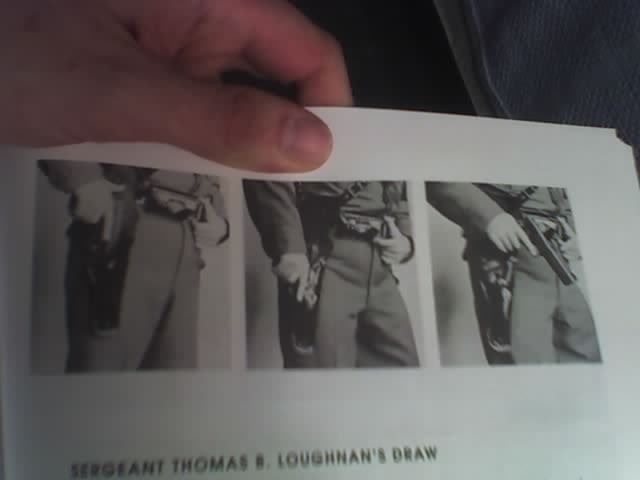Looking at Chic Gaylords demonstration (using is army sergent demo) of how to draw the 1911 (apparently nobody back then liked cocked and locked) quickly and have it ready to go I am wondering how exactly the sergent did this? I tried it against the side of my pants (with the gun unloaded and without the mag obviously ) and it doesn't work. If you do it against the rear sights as Gaylord says, seems to me you could hurt the sights, maybe even the gun...maybe even blow your own foot off.
) and it doesn't work. If you do it against the rear sights as Gaylord says, seems to me you could hurt the sights, maybe even the gun...maybe even blow your own foot off.

There is another method he shows where the sergent is fanning back a gloved hand against the sights. Seems that isn't possible for the same reasons. Be easier to just grab the slide with your fingers and let go rather than fan the sight.

There is another method he shows where the sergent is fanning back a gloved hand against the sights. Seems that isn't possible for the same reasons. Be easier to just grab the slide with your fingers and let go rather than fan the sight.
